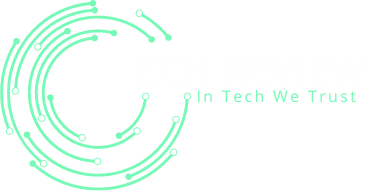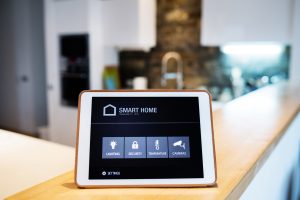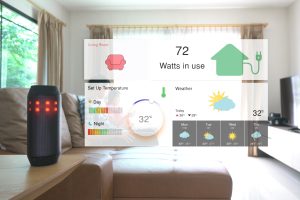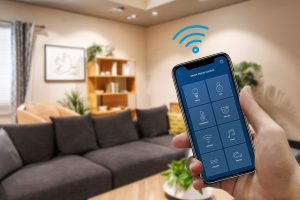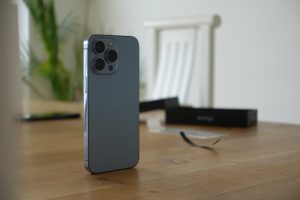5 Must-Have Smart Devices For A Connected Home
5 min read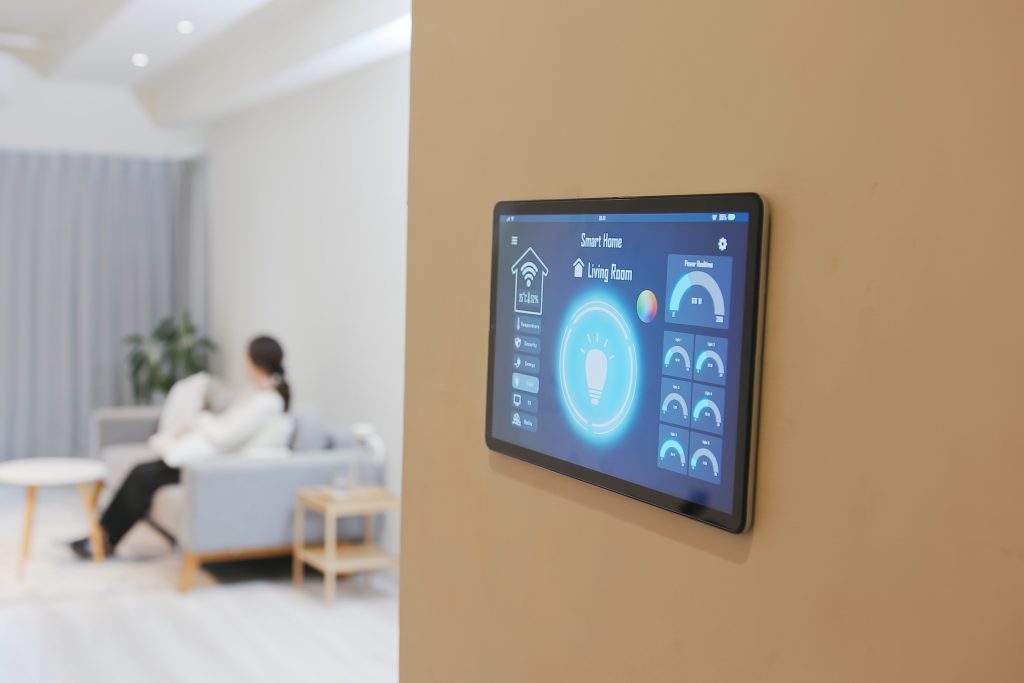
Are you tired of living in a disconnected home? Do you want to embrace the convenience and efficiency of smart technology? If so, you’re in luck because I’m about to introduce you to five must-have smart devices that will transform your house into a connected home.
With the rapid advancement of technology, our homes are becoming smarter than ever before. From voice-controlled assistants to smart thermostats, these devices can make our lives easier, more efficient, and even safer. So if you’re ready to upgrade your living space and experience the wonders of a connected home, keep reading.
In this article, I will highlight five essential smart devices that every connected home should have. Whether you’re a tech enthusiast or a homeowner looking to simplify your daily routines, these devices will revolutionize the way you interact with your living environment.
1. Smart Plugs
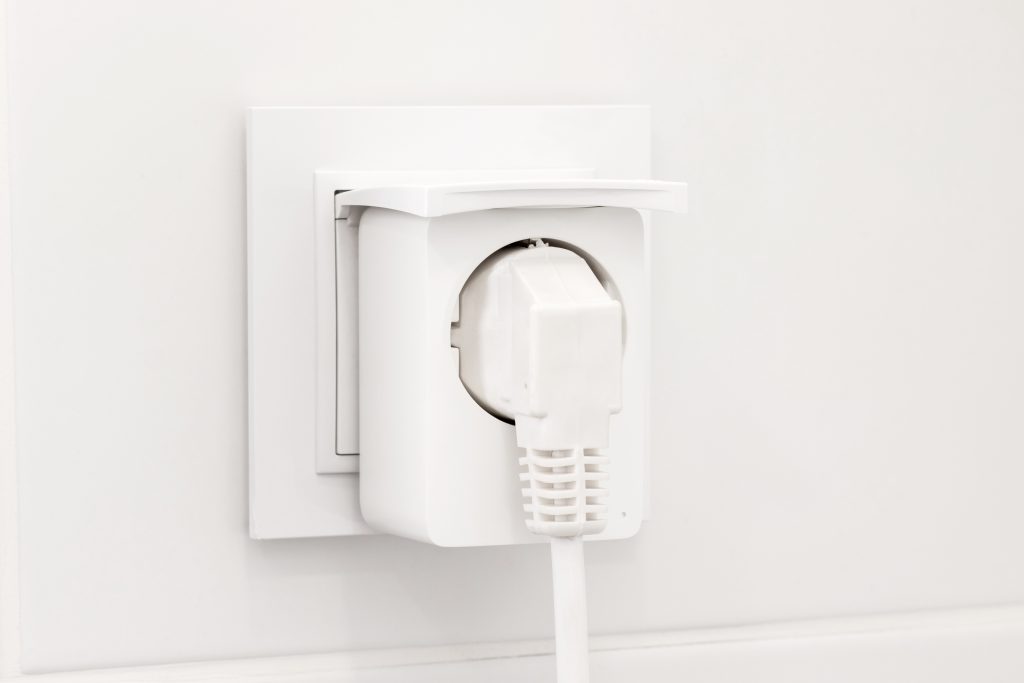
Smart plugs are a convenient and cost-effective way to make any appliance that uses 1,800 watts or less into a WiFi-connected device. When choosing the best smart plug for your home, consider popular brands such as iHome, TP-Link, Aukey, Amazon, Wemo, iDevices, and eufy. Compare factors such as compatibility with your smartphone, ease of setup, app features, and integration with voice assistants.
The average cost of a smart plug ranges from $15 to $30, depending on the brand and features. Smart plugs can be used to control lights with a smartphone, allowing you to turn them on or off remotely or set schedules for automatic operation. Additionally, they can monitor power usage, providing insights into energy consumption and helping you to make more informed decisions about your electricity usage.
2. Google Assistant & Google Home Products
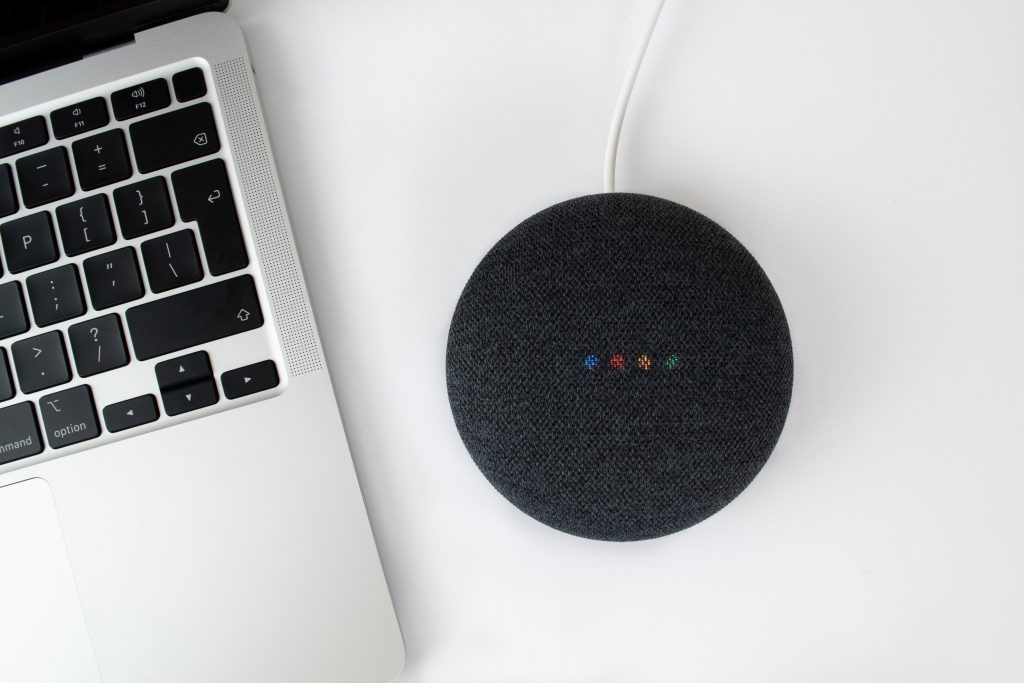
Google Assistant is a virtual assistant powered by artificial intelligence and developed by Google. It can be accessed through devices such as smartphones, smart speakers, and smart displays. Google Home is a line of smart speakers powered by Google Assistant, while Google Home Hub, Nest Hub, and Nest Mini are smart home devices with built-in Google Assistant.
Google Assistant can be activated by saying “Hey Google” or “Ok Google” followed by a command or question. It is compatible with a wide range of smart home devices, allowing users to control their lights, thermostats, security cameras, and more through voice commands.
Compared to other voice assistants, Google Assistant is known for its natural language processing and deep integration with Google’s services. It is popular among users for its ability to understand complex questions and commands.
The unique features of Google Home Hub, Nest Hub, and Nest Mini speakers include their built-in displays for visual information, such as weather forecasts and calendar appointments. They also offer multi-room audio capabilities and easy integration with other Google Assistant-enabled devices.
3. Smart Locks and Security Systems
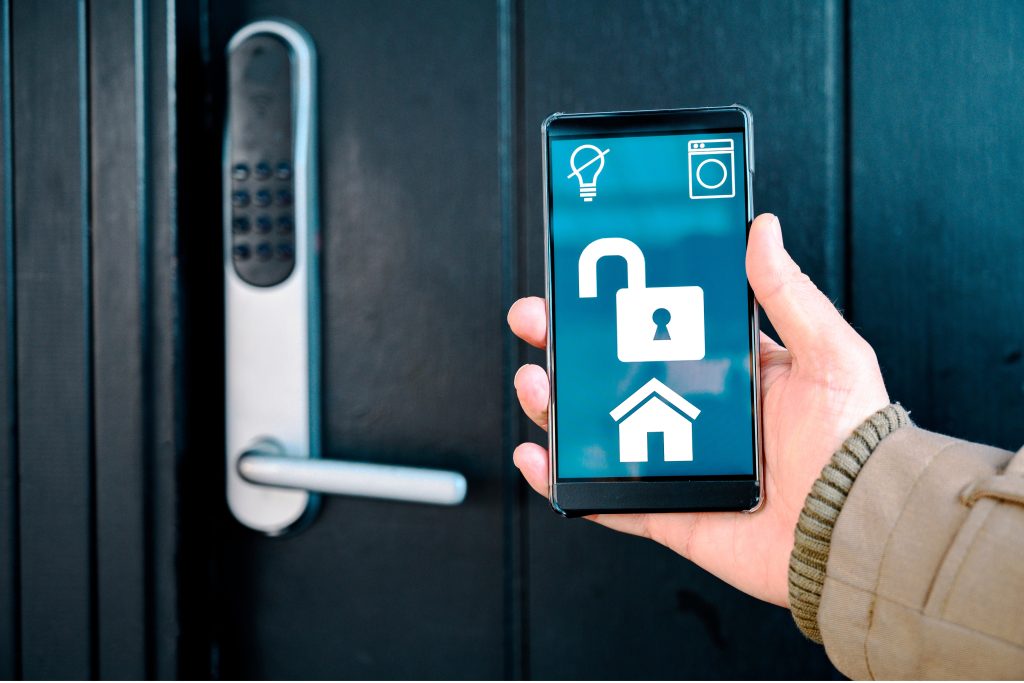
Top Smart Security Brands and Average Costs:
1. Ring – $99-$499
2. Nest – $199-$399
3. August – $149-$249
4. SimpliSafe – $229-$489
5. Arlo – $199-$499
Product Spotlight: Ring
Ring is a leading smart security brand known for its innovative products that include video doorbells, security cameras, and smart home alarms. Ring’s products offer features such as motion-activated notifications, two-way audio, and compatibility with virtual assistants like Alexa. The average cost of Ring products ranges from $99 for the basic video doorbell to $499 for more advanced security camera systems.
Benefits of Smart Locks and Security Systems
Smart locks and security systems offer a range of benefits, including the ability to control and monitor access to your home remotely. With these systems, homeowners can receive alerts and view live video footage of their property, even when they are not at home. Smart locks also provide the convenience of keyless entry, allowing homeowners to grant access to guests or service providers through their smartphone.
4. Smart Lighting Systems
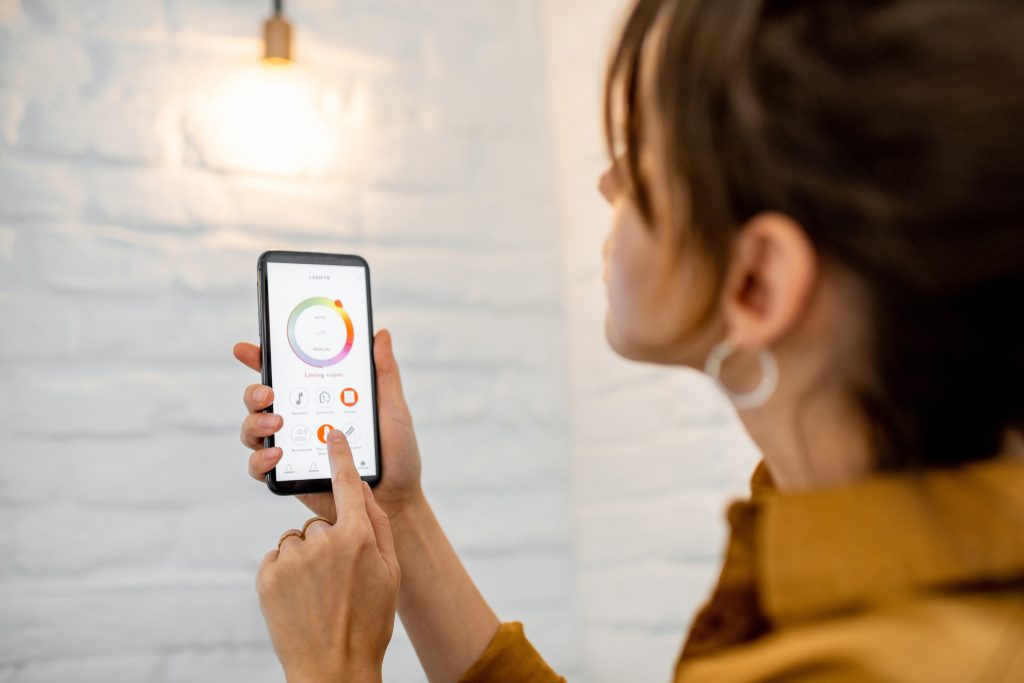
Smart lighting systems offer a range of benefits and features that can greatly improve energy efficiency and home security. Smart light bulbs allow users to remotely control their lighting, adjust brightness levels, and even change colors. Energy monitoring systems provide real-time data on energy usage, allowing users to identify areas for potential savings.
Setting up smart light bulbs and energy monitoring systems is simple and straightforward. Users can typically connect the bulbs to their home network using a smartphone app, while energy monitoring systems can be easily installed and synced with other smart home devices. Once set up, these systems offer the convenience of being able to control lighting and monitor energy usage from anywhere, resulting in potential cost savings.
By using smart lighting, homeowners can reduce their energy consumption and lower their monthly utility bills. Additionally, the ability to remotely control lighting can improve home security by creating the appearance of someone being home, even when the house is empty. Overall, smart lighting systems offer a convenient and cost-effective way to enhance energy efficiency and home security.
5. Smart Thermostats
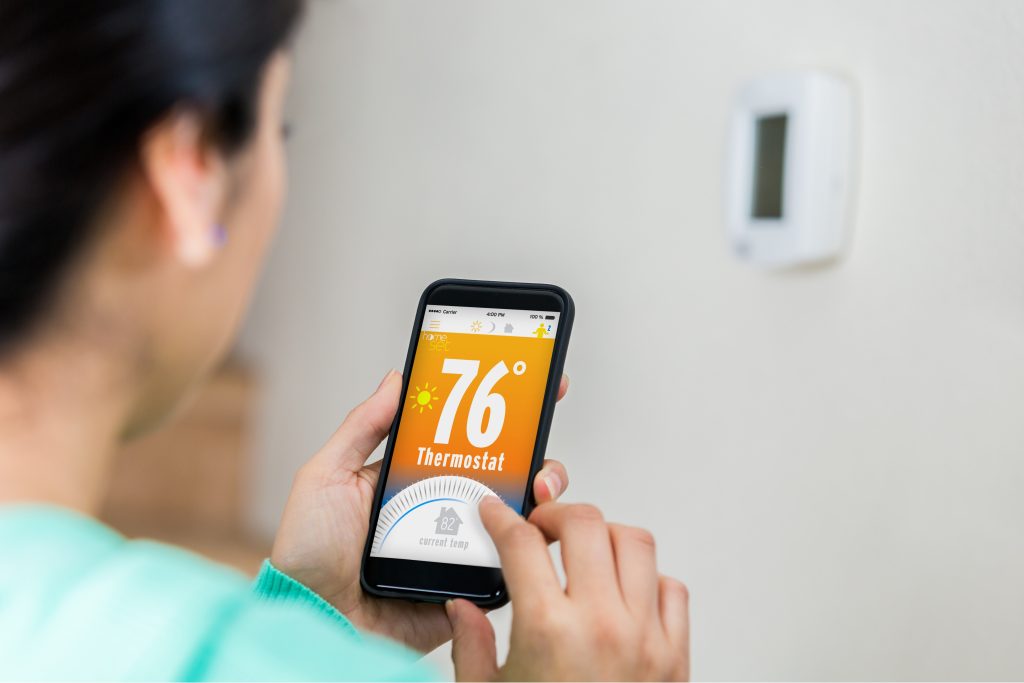
Smart thermostats offer a variety of features that make them an essential part of modernizing your home. With remote control capabilities, homeowners can easily adjust the temperature from anywhere using their smartphone, providing convenience and energy savings. Scheduling features allow for temperature adjustments based on daily routines, ensuring comfort when needed and energy conservation when not.
Movement and occupancy sensing technology detects when the home is empty, allowing the thermostat to automatically adjust to an energy-saving mode. Geofencing takes this a step further by using GPS to track when residents are approaching or leaving the home, adjusting the temperature accordingly.
By utilizing these features, homeowners can potentially save on energy costs while improving their overall comfort. Popular smart thermostat brands such as Nest, Ecobee, and Honeywell usually range from $150 to $250, making them a cost-effective investment in modernizing your home while also benefiting the environment. Smart thermostats are a great way to upgrade your home’s technology and enhance energy efficiency.
Conclusion
In conclusion, having the right smart devices in your home can truly make it a connected and automated environment. From controlling the temperature of your home to know when you come and go, these five must-have devices help you stay connected and in control of your home. Whether you’re looking for convenience, safety, or entertainment, there’s a device out there that can meet your needs. Plus, you can be sure that there will continue to be more devices released in the future, making it even easier to turn your home into a connected and automated living space.
